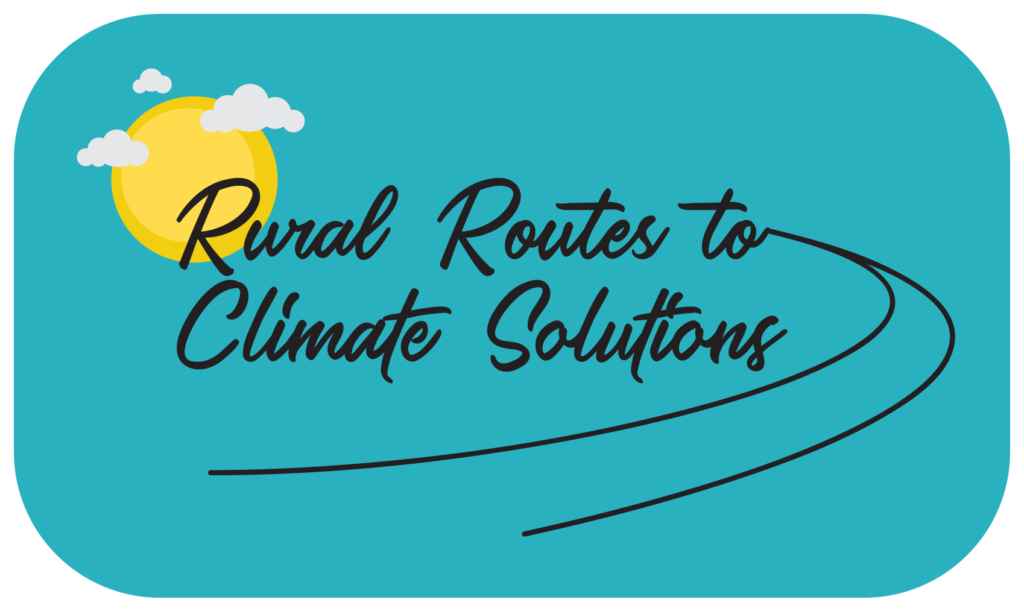Low-Carbon Market Gardening – Northern Lights Fruits & Vegetable Co. – Manning, AB

Part of Dan and Louise’s vision for Northern Lights was minimizing their impact on the environment and producing good, nutritious food as sustainably as possible. “We wanted to minimize our carbon footprint to the greatest extent possible,” says Dan. “Solar was a very natural path, or direction to move in.”
Before leaving Edmonton, the couple took a course in Solar Energy to learn some of the basics in order to familiarize themselves with considerations and different technologies. When designing their farm, they identified different energy needs on the land. Dan says he spent a great deal of time researching different solar technologies for specific tasks, say, running water pumps, or running electric fences, when he had an important realization.
Farming as though the Earth Matters – Brenlea Farms – Camrose, AB
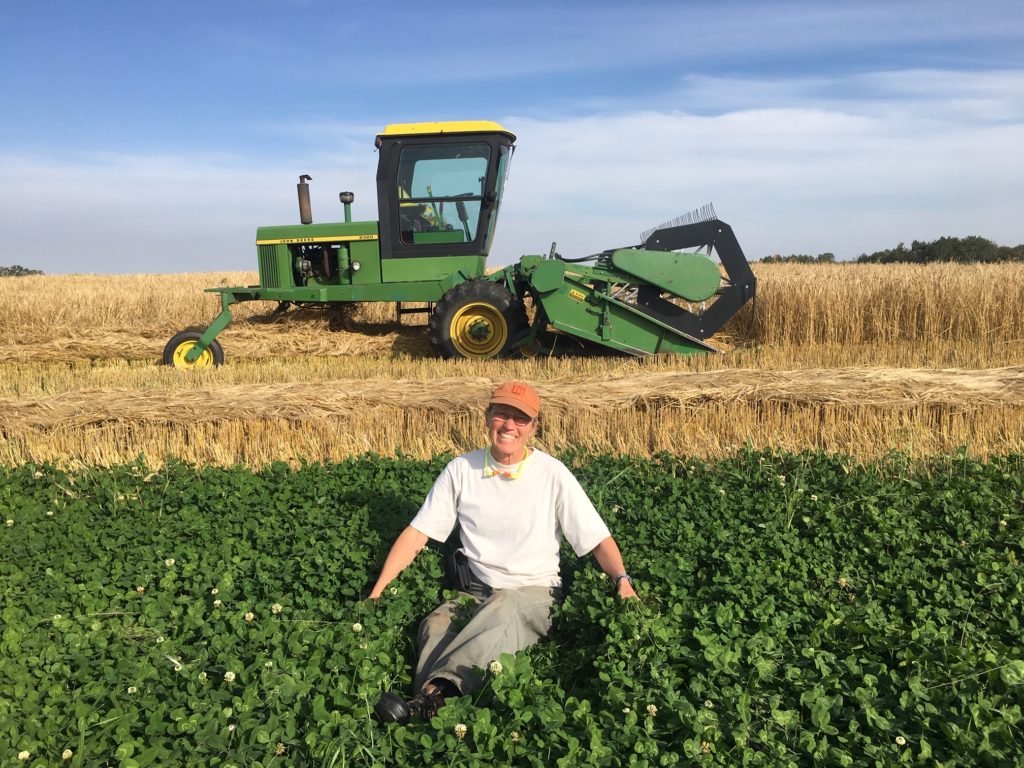
Brenda Bohmer, a grain farmer at Brenlea Farm in central Alberta, realized she’d been draining sloughs for years in an attempt to farm more acres. She would seed around duck nests, but in order to deal with weeds, she’d farm right up to the edges of the wetland. “It’s a mindset you get locked into,” she admits. Bohmer’s goal? Create a year-round wetland and invite nature to help rehabilitate the natural wetland ecosystem and water cycle.
Several years ago, Bohmer partnered with Cows and Fish – Alberta Riparian Habitat Management Society. Within a year, nature took over the wetland and Bohmer was amazed to see the transformation of the riparian habitat. “I can still grow crops between the wetlands,” explains Bohmer. “But now I have a buffer which provides a separation between farming operations and the natural habitat. Bohmer points out that 80 percent of all types of wildlife in Alberta spend all, or part of their lives in a riparian area. “We can co-exist,” she says. “I like to think of this as farming as though the earth really matters.”
In Conversation with Rachel Herbert – Trail’s End Beef – Nanton, AB

‘Sustainability’ is what drives the Herbert family, owners of Trail’s End Beef, a grass-fed and finished beef ranch, nestled outside of the town of Nanton, in the Porcupine Hills of southern Alberta. Rachel and Tyler, with the help of their two children, practice rotational grazing management and steward the native grasslands, rolling hills, abundant springs, and sheltering poplar and willow groves. They raise calves entirely on pasture (and stored forage through the winter) until they’re 26 to 29 months-old, and direct market the beef to a diverse customer-base in southern Alberta.
The Herbert family ranches with an ethic for animal care, and environmental stewardship and regeneration, protecting watersheds, planting cover crops, and allowing the land to rest between grazing. They share the native grassland with a variety of wild ‘neighbours’, including geese, songbirds, coyotes, muskrat, cougars and grizzly bears.
Passive Solar Greenhouses Without Borders – Freshpals Farms – Olds, AB
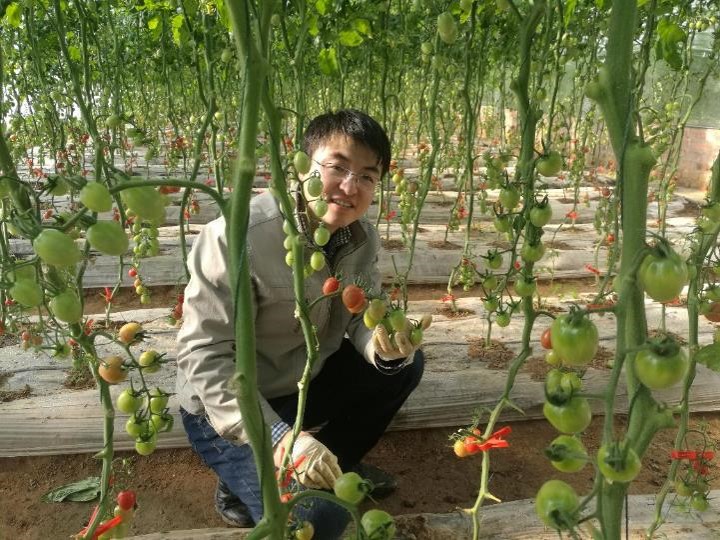
What makes Jianyi’s vegetables at Freshpal Farms so unique isn’t only a matter of taste: it’s how he grows what he loves. Jianyi cultivates vegetables 12-months of the year in a passive solar greenhouse – a greenhouse powered 100 per cent by the energy of the sun. Whereas conventional greenhouses rely on fossil fuels and artificial heat to warm through the winter, a passive greenhouse relies only on the sun. Jianyi runs the largest commercial passive solar greenhouse in Alberta.
Passive solar technology works to trap and store solar energy. Solar energy is released slowly to heat up the greenhouse, which creates optimal growing conditions so Jianyi’s thin-skinned tomatoes can thrive year-round – even in one of the most bitterly cold growing zones on the planet.
Experimenting with No-Till Regenerative Agriculture – Steel Pony Farms – Red Deer, AB
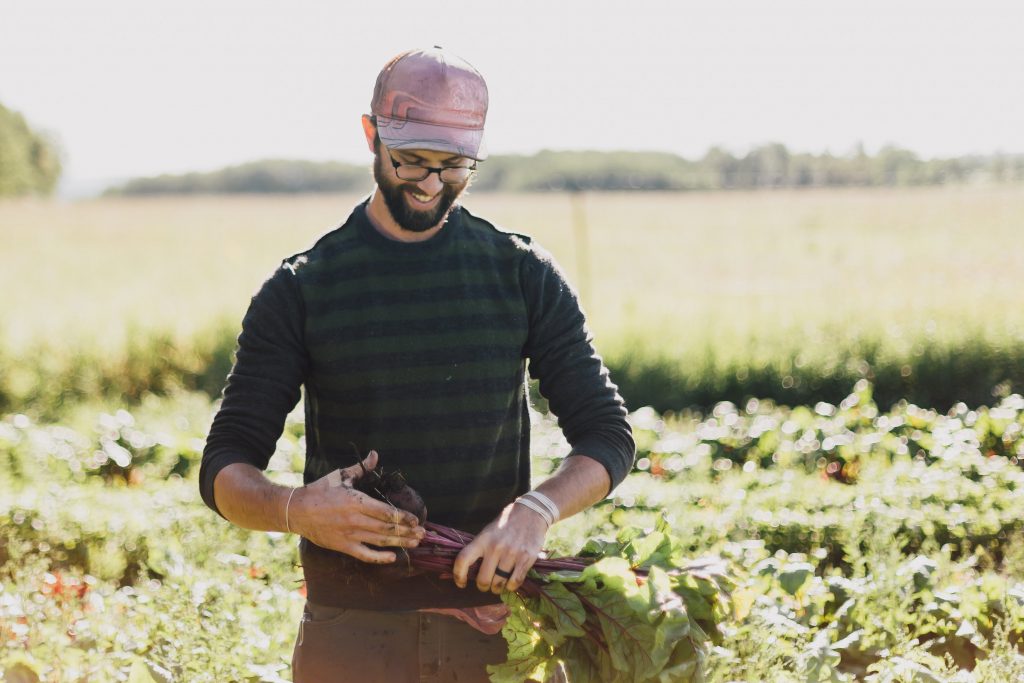
With no knowledge about food production prior to these experiences, my learning curve was exponential. I became familiar with field crops, beef, dairy, goat, sheep, pig, broiler, egg, honey, vegetable, and fruit production. By engaging in a diversity of production methods, I observed the impact these methods had on the plants and animals being produced. In general, I saw that when farmers prioritized soil biology, as opposed to short term yield increases through the use of synthetic chemicals, they created healthier farming systems, healthier plants, healthier animals, and more successful farms – in terms of a triple bottom line.
Intercropping: Experimenting for Diversity – Andy Kirschenman – Hilda, AB
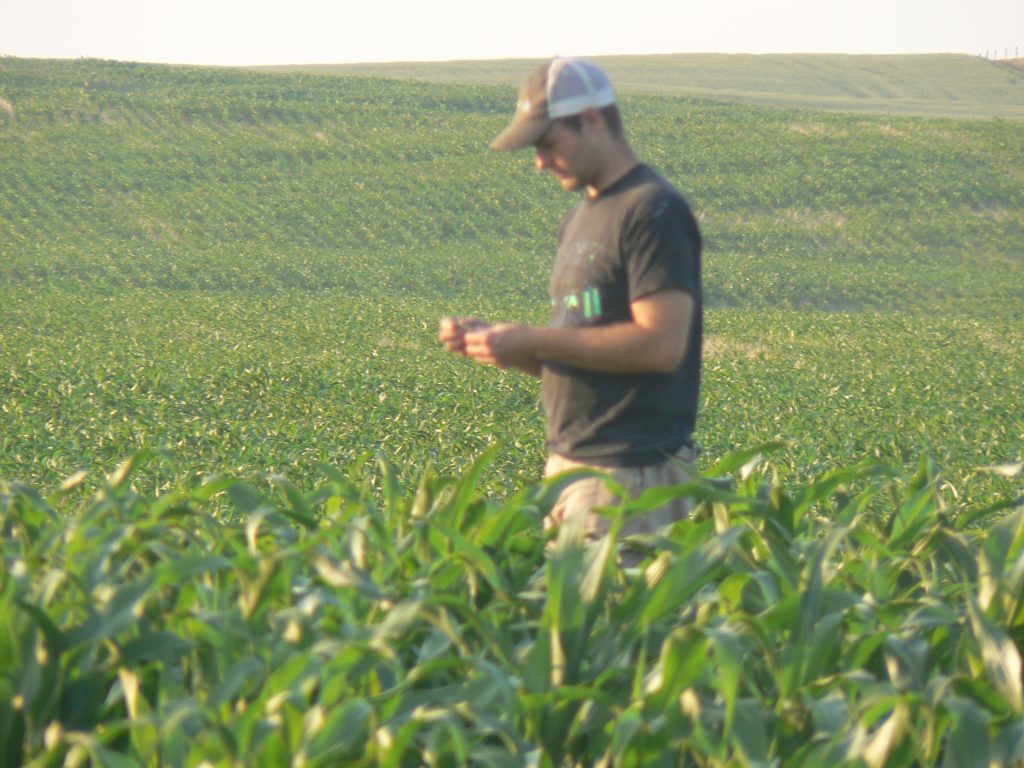
Intercropping is something that I was first drawn to after reading articles about Colin Rosengren, a grain farmer who practices intercropping on his farm, Rosengren Farm, in southern Saskatchewan. Fifteen years ago, I first experimented with managing 20 acres of peas and canola, and have since tried different combinations almost every year. I have managed as much as 600 acres, and as little as zero in the years after that first try. I have experimented with different crops together and different seeding rates.
Investing in Solar Energy for Tomorrow – Vaudet Dairy
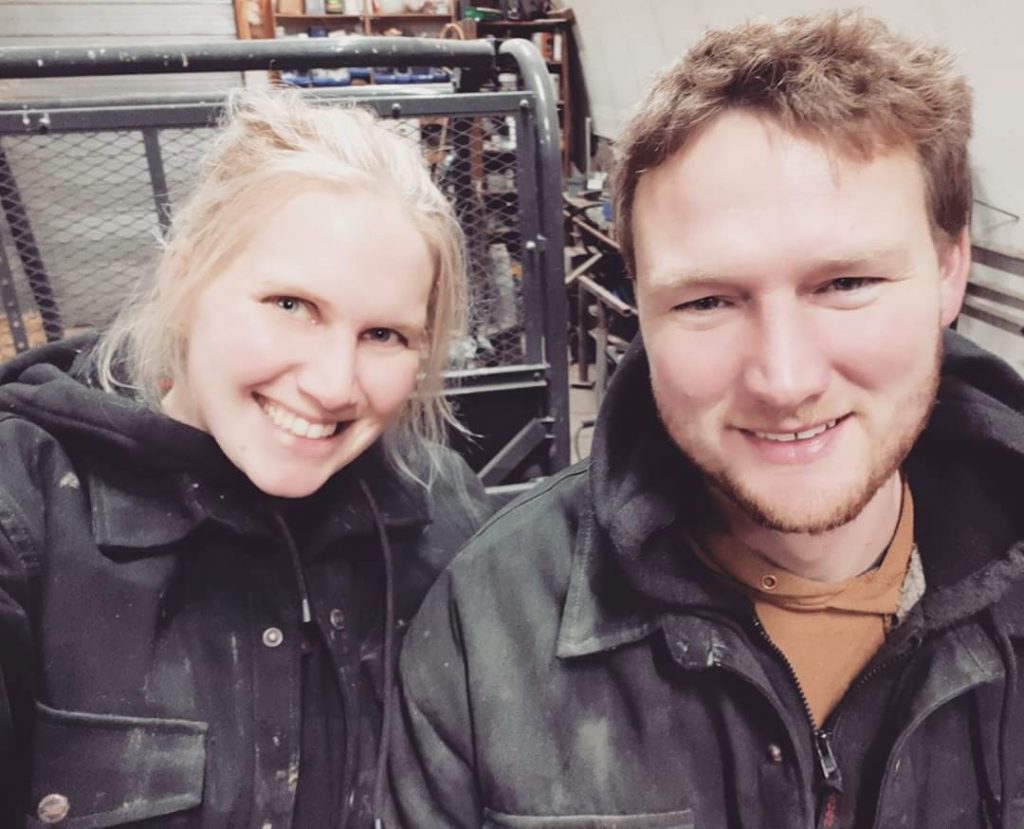
When the Growing Forward 2 (GF2) program came out in 2013, we started looking into what things they would approve for funding, to see if we could make any improvements to the farm. One of the key themes of GF2 was to ‘be proactive, increase productivity and advance sustainability.’ With fluctuating electricity rates and a deep concern for what the future prices would become, we did some research and turned our eye to solar panels.
Regenerative Farming – Greener Pastures Ranching
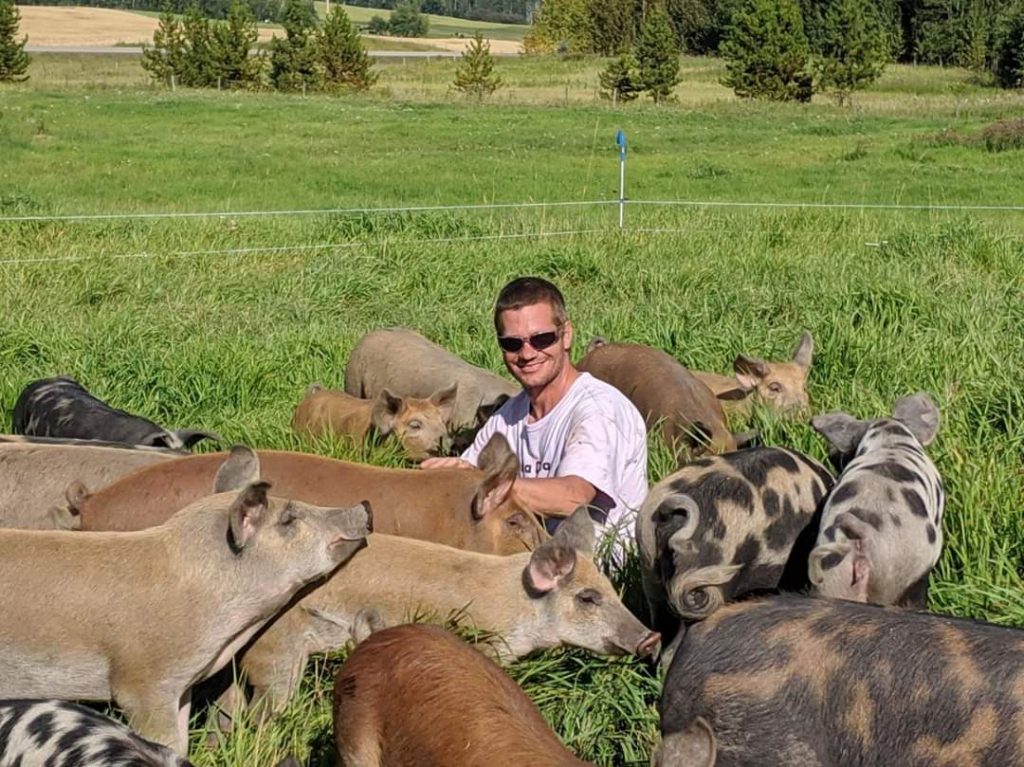
On all of the eroded grain land, we need livestock back out there, recycling nutrients back into the soil. That’s how nature had it planned. In any environment where there’s a dormant season, nature put a ruminant animal. A ruminant is a cow, a deer, a sheep, an elk, a goat, or an elephant. Ruminants have four stomachs and they basically decompose plant material with microorganisms and bacteria in the gut. If you have a dormant season in an environment, for example, winter in North America, the bugs die off and there’s nothing there to decompose the plant material that’s left over. Nature brings in a ruminant animal where the bugs have a place to work – except here, they’re working inside the stomach of the cow. In a rainforest environment, there’s no need for a ruminant because the material falls to the ground, decomposers can work in the soil all year round. But here, where we have a dormant season, we need ruminants.
Hope Beneath Our Feet – Kolby Peterson
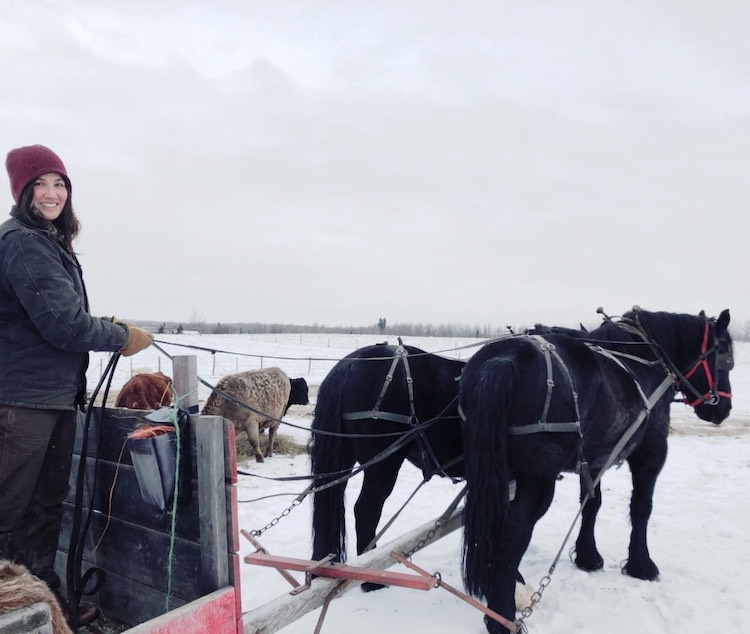
Our farms must not only feed themselves, but the community surrounding them. Economies shrinking to a bioregional scale may just be the richest thing our communities can endeavour in. We can rejuvenate our rural communities, providing pride and purpose in meaningful work through growing grass roots and grassroots movements where young people see that greener pastures can be found right outside the farmhouse door. Let us know our neighbours, nourish one another, and build the communities we really want to live within.
What We Work On Around Climate Change – Happiness by the Acre
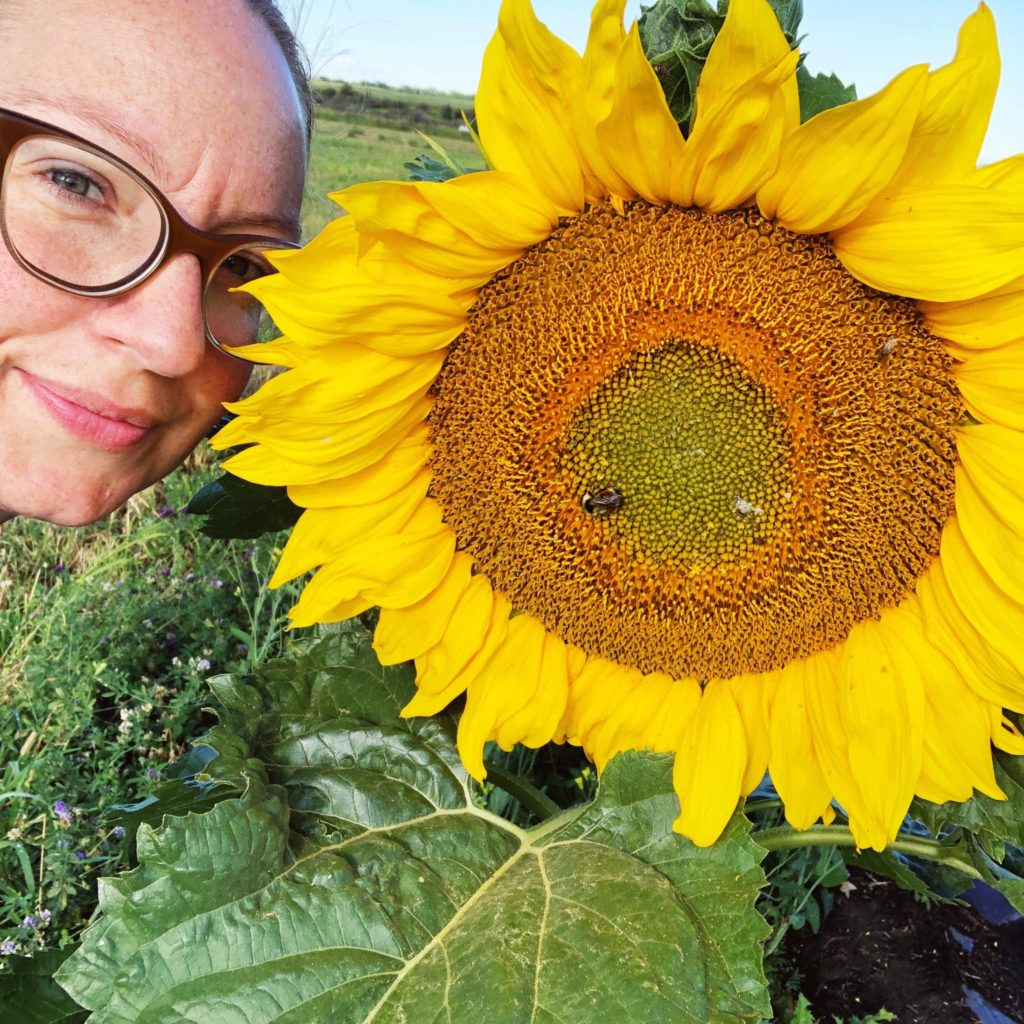
Most of our efforts to date have focused on increasing organic matter content in the soil. Organic matter (OM) is critical to the soil ecosystem and the health of our land, binds atmospheric carbon, feeds bacterial/fungal soil networks, and retains water. OM also loosens the soil making root penetration easier, and crop health depends on deep roots in our dry boom-or-bust rainfall patterns. Since we practice a beyond organic farming methodology OM is huge for our farm.
